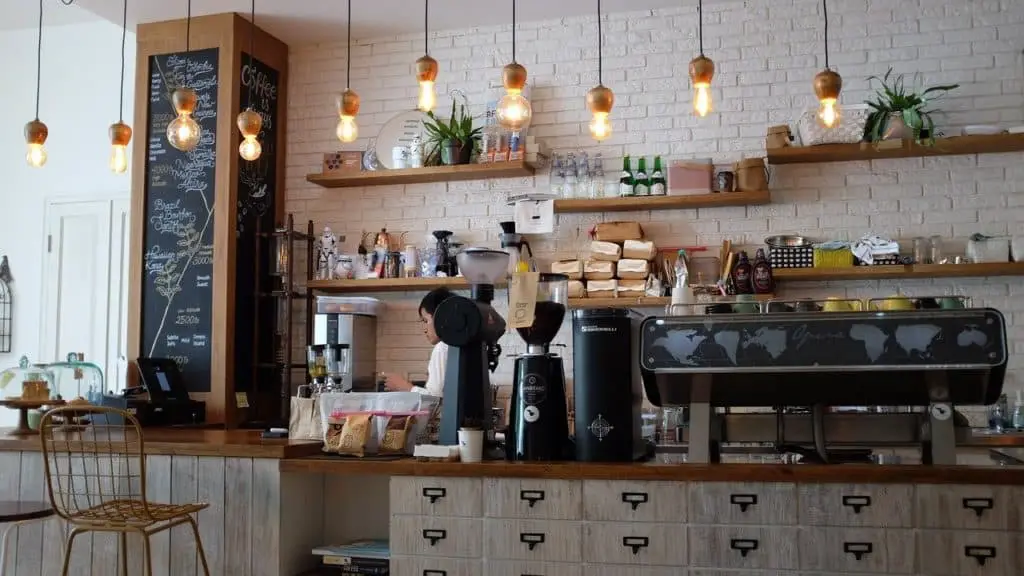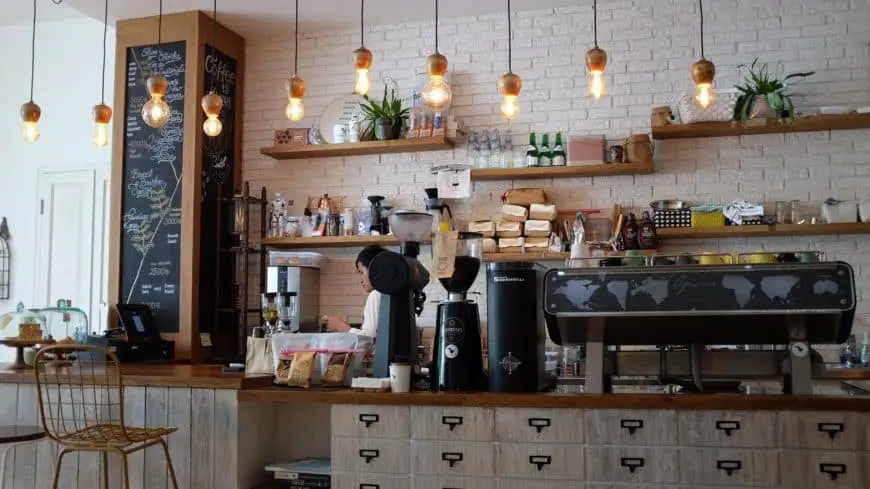
You walk into a coffee shop hoping for a solid cup that hits the spot, but sometimes things go wrong right away. As someone who spends time around coffee, I get how a bad experience sticks with you. Bad shops cut corners on beans, equipment, or training, and it shows in the drink.
Spotting these issues early saves you from wasting money on something flat or bitter. This post breaks down clear signs based on what people in the coffee scene point out often. If you see a few of these, it might be time to head out and find a place that cares about the basics.
First off, take a look around when you step in. The space sets the tone. A messy condiment bar with spilled sugar packets and dried milk spots tells you the staff skips regular cleanups. Good shops keep that area stocked and wiped down because it reflects how they handle everything else. Dirty tables or sticky surfaces add to it – if they let the front look like that, imagine the back. One quick scan can tip you off before you even order.
Next, check the equipment. A dirty bean hopper on the grinder, caked with old residue, means beans sit too long and pick up off flavors from oils and bacteria. Hoppers should stay clean and not overflow, especially later in the day.
If the portafilter hangs loose instead of locked in the group head, it cools down between shots, messing up extraction. And if the steam wand has crusty milk buildup, that’s a hygiene red flag – it can sour your latte with old residues.
No visible coffee grinder? That’s a big one. Shops without one rely on pre-ground beans, which go stale fast and lose aroma. Fresh grinding right before brewing keeps the volatile compounds intact for better taste. If you see bags of ground coffee sitting out, exposed to air, that’s another strike. Beans need airtight storage away from light and heat to stay fresh.
The menu gives clues too. An overly long list packed with syrupy drinks and toppings often hides low-quality coffee. These places lean on sugar to cover bitterness or staleness. Look for spelling errors like “expresso” or wrong drink descriptions – a macchiato shouldn’t come in a huge cup. If they push dark roast for more caffeine, they’re off base; light roasts actually hold more caffeine since it doesn’t burn off as much in roasting.
Staff knowledge matters. Baristas who seem lost when you ask about bean origins or brewing methods point to weak training. If they recommend the wrong thing or dodge questions, the coffee likely suffers. Long waits with few people around suggest understaffing or slow processes, leading to rushed drinks. And if you feel watched while sitting, like they’re timing your stay, it kills the relaxed feel a coffee shop should have.
Now, onto the drinks themselves. A burnt smell hits you first – from over-roasted beans or reheated pots. Your cup should smell fresh, not acrid. Taste a bitter or sour aftertaste? That comes from over-extraction, under-extraction, or bad beans. Espresso crema should hold caramel color and thickness; if it fades quick or looks patchy, check the tamping. Uneven tamping lets water channel through, making shots inconsistent.
Milk handling trips up many spots. Milk left out on the counter spoils and risks safety. Steaming should make a soft hissing sound, not a screech – loud noises mean wrong technique, leading to dry, bubbly foam instead of smooth microfoam. If they steam milk too hot, it scalds and turns flat. For iced lattes, watch the order: espresso first, then milk, then ice. Ice upfront shocks the shot and dilutes it wrong.
Cold brew gone bitter? Wrong grind or steep time – coarse grounds for 12-18 hours keep it smooth. Artificially flavored beans are another dodge; they mask poor quality with fake oils that linger on gear. Real flavor comes from the bean’s roast and source.
Even the food can signal issues. Dry, mass-produced pastries show they don’t focus on quality pairings. A good shop picks items that complement the coffee, not just filler.
To sum it up, these signs add up fast. Spot them, and you avoid a subpar cup. Better to seek shops that grind fresh, clean often, and know their stuff. Your daily coffee deserves that effort.
Here’s a quick table comparing bad signs to what good shops do:
| Sign of a Bad Shop | What a Good Shop Does Instead |
|---|---|
| Dirty bean hopper with residue | Keeps hopper clean and beans fresh |
| No grinder in sight | Grinds beans fresh for each brew |
| Milk left out on counter | Stores milk in fridge, uses fresh each time |
| Bitter or sour taste | Balances extraction for smooth flavor |
| Overly sugary menu | Focuses on quality beans with simple options |
| Unknowledgeable staff | Baristas explain origins and methods |
| Messy tables and condiment bar | Regular cleanups for a welcoming space |
| Screeching steam wand | Proper steaming for silky milk |
| Pre-ground beans exposed | Airtight storage for whole beans |
| Long waits with few customers | Efficient service even when busy |
This table lays out the contrasts plainly. Use it next time you’re out.
Spotting a bad coffee shop comes down to basics: cleanliness, freshness, and know-how. If a place skimps there, the coffee pays the price. Next time you hunt for a spot, watch for these. You’ll end up with better brews more often.

